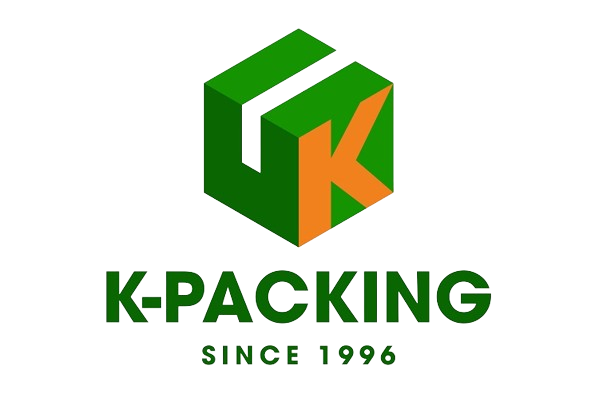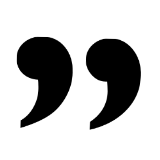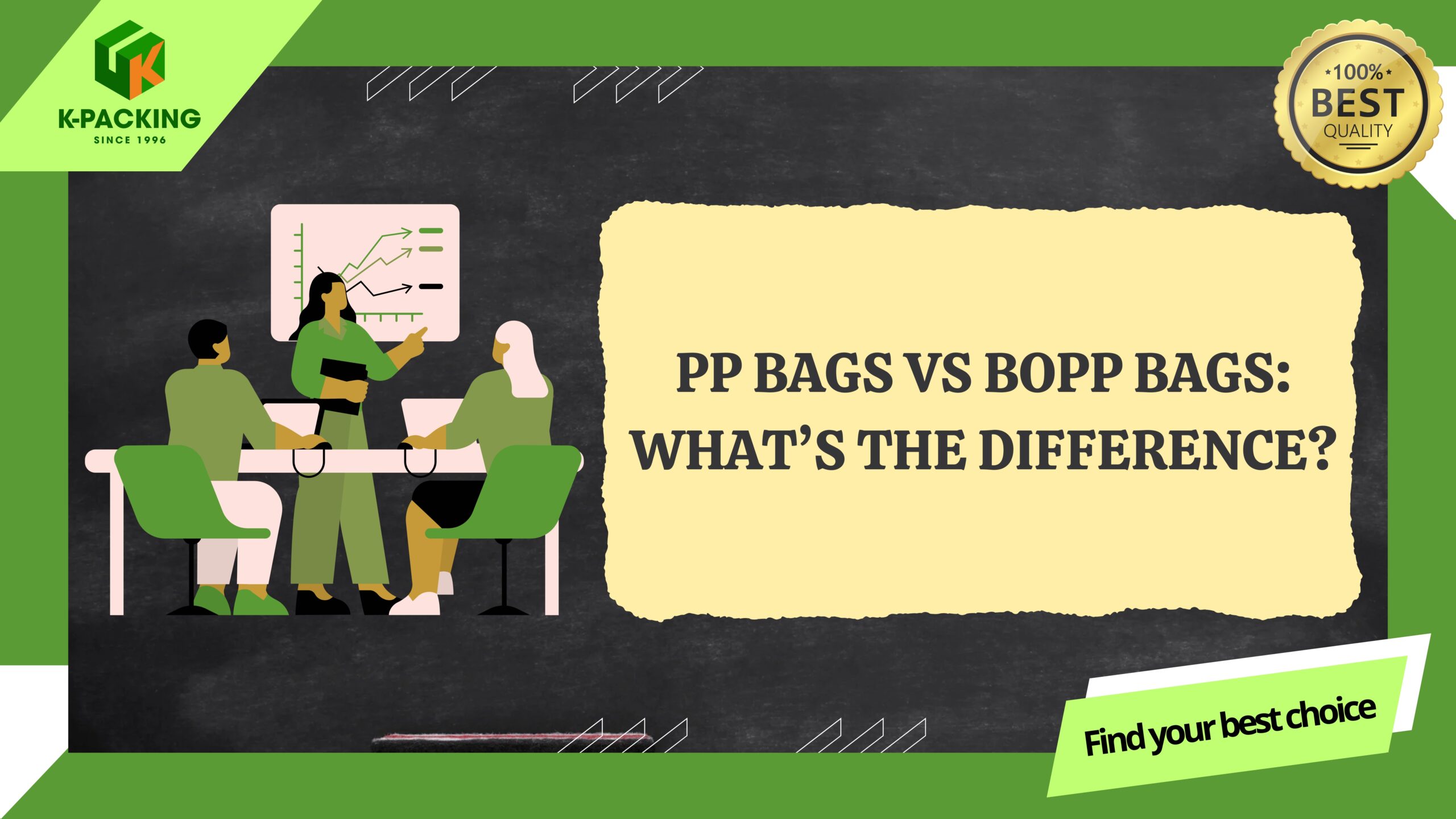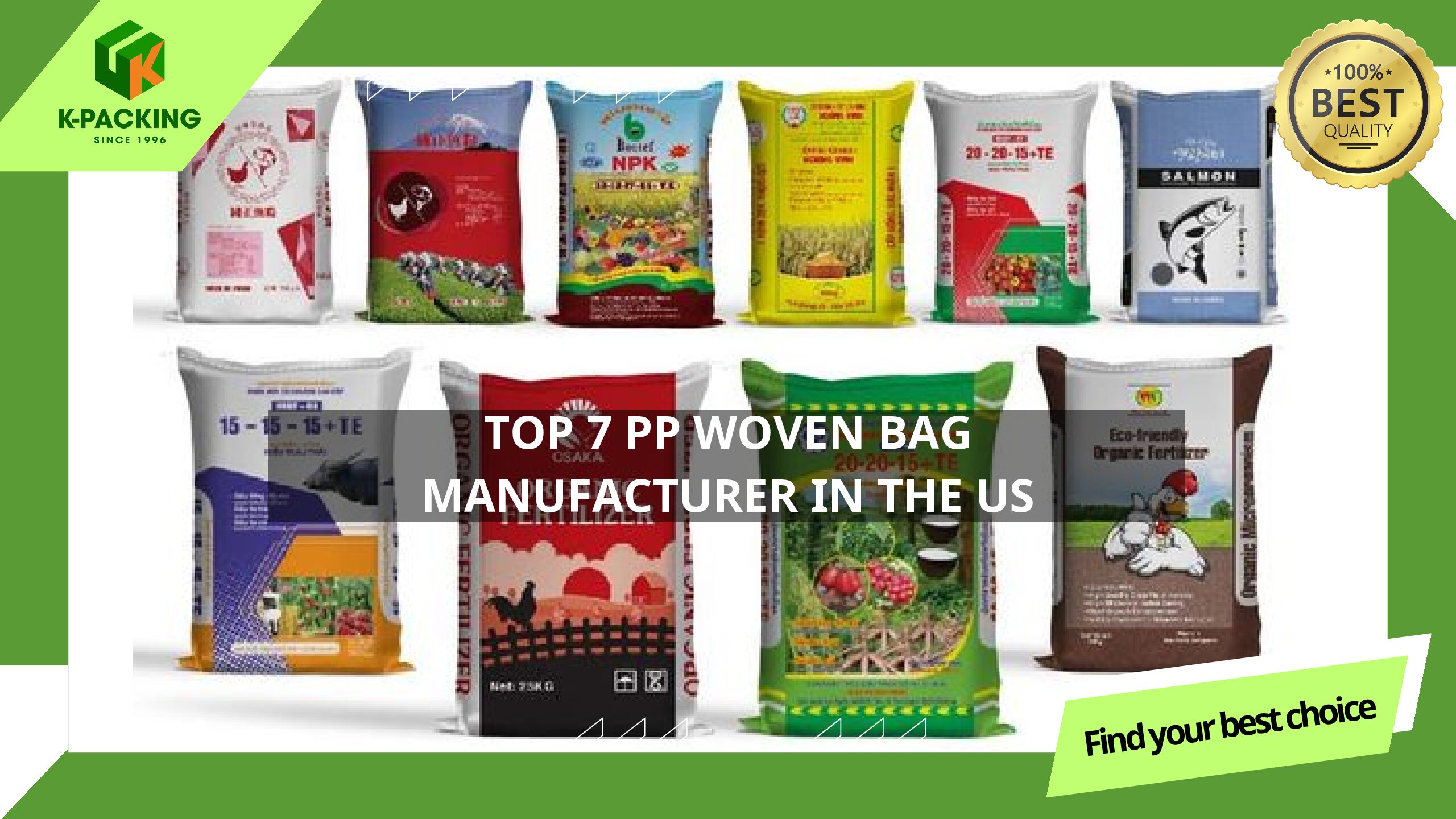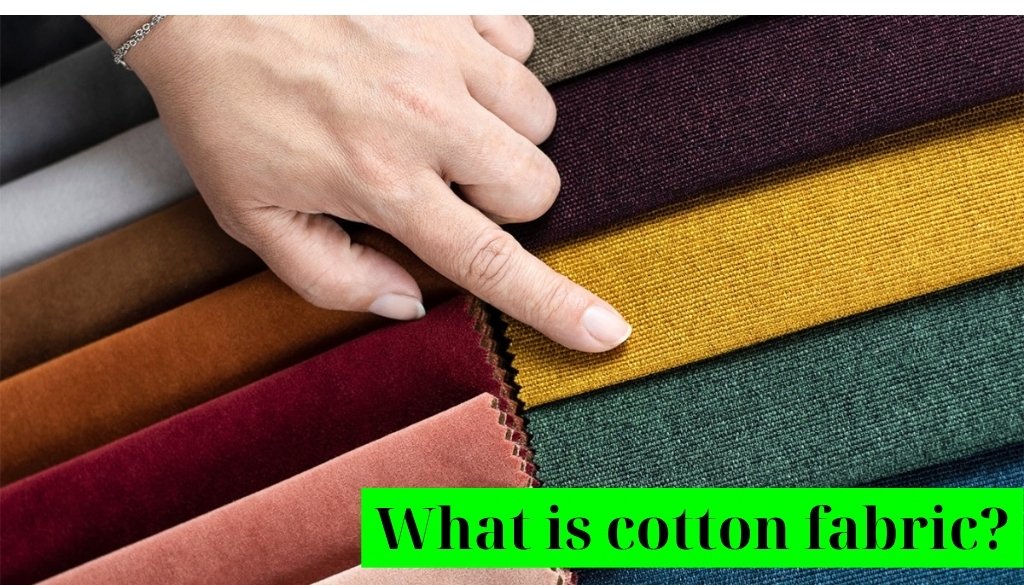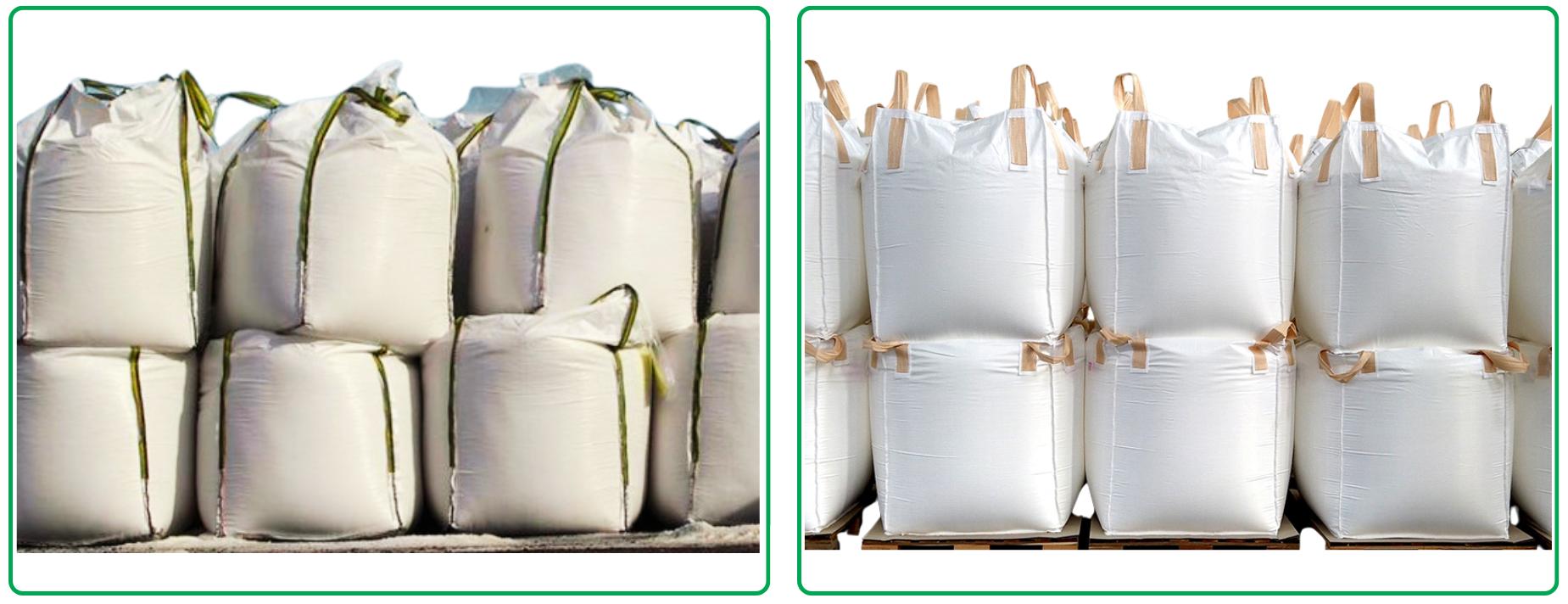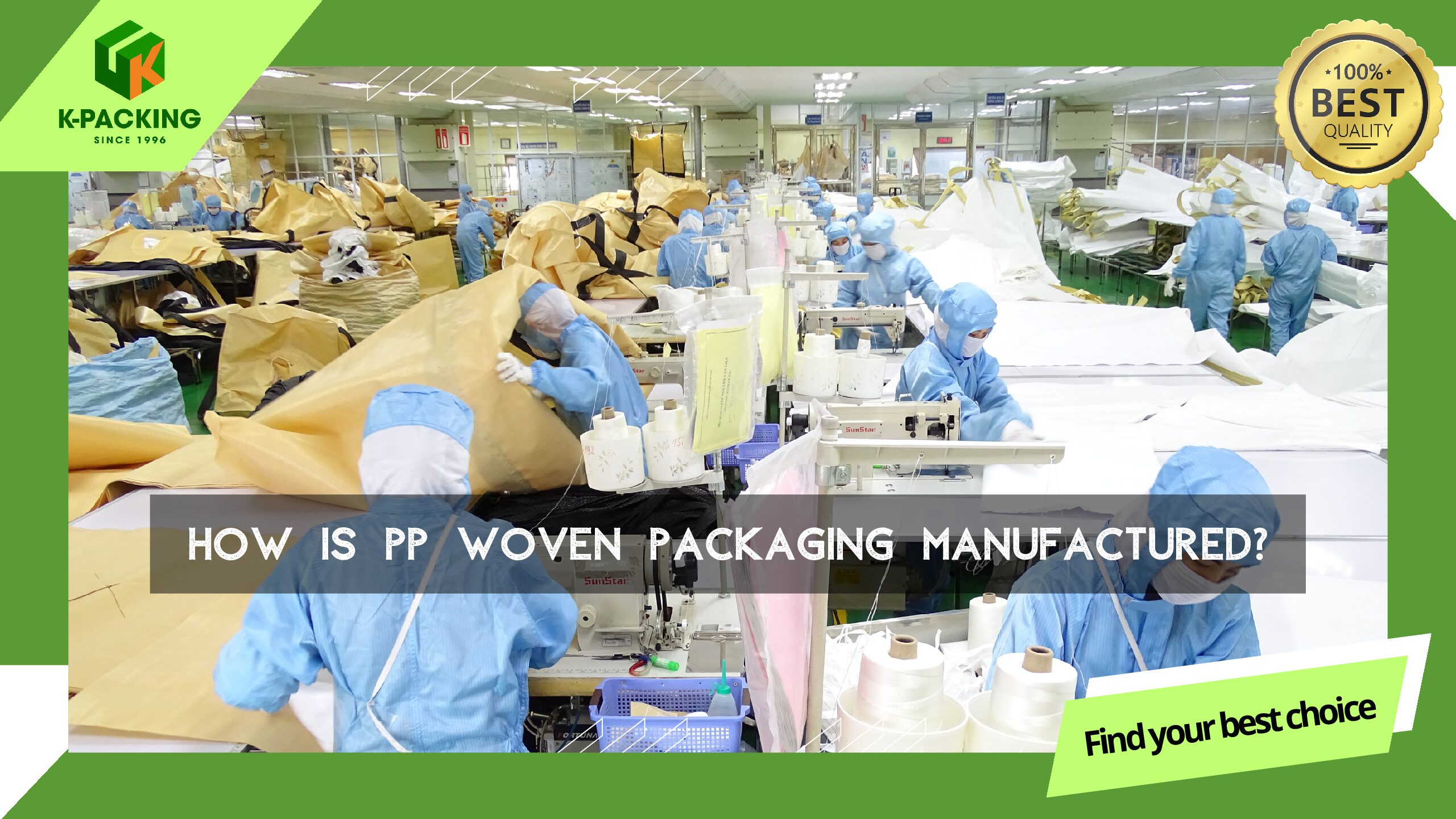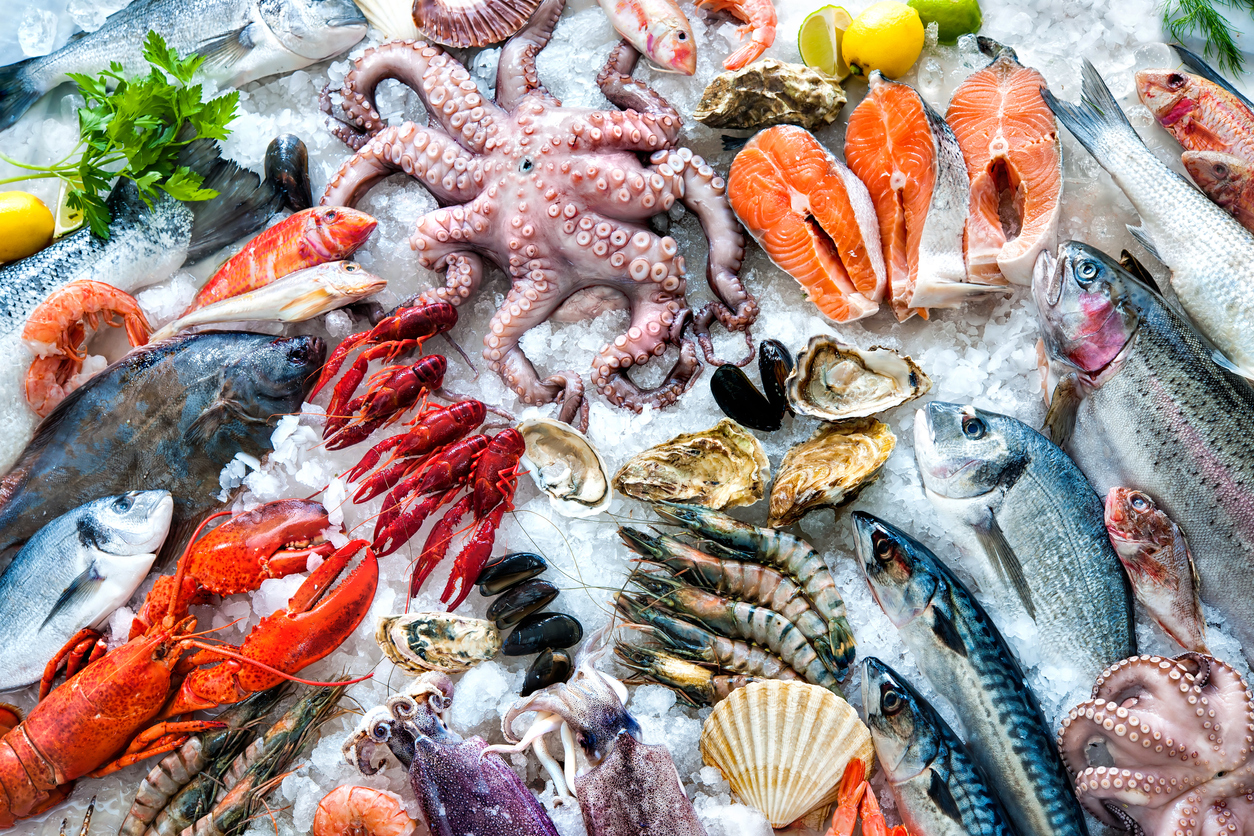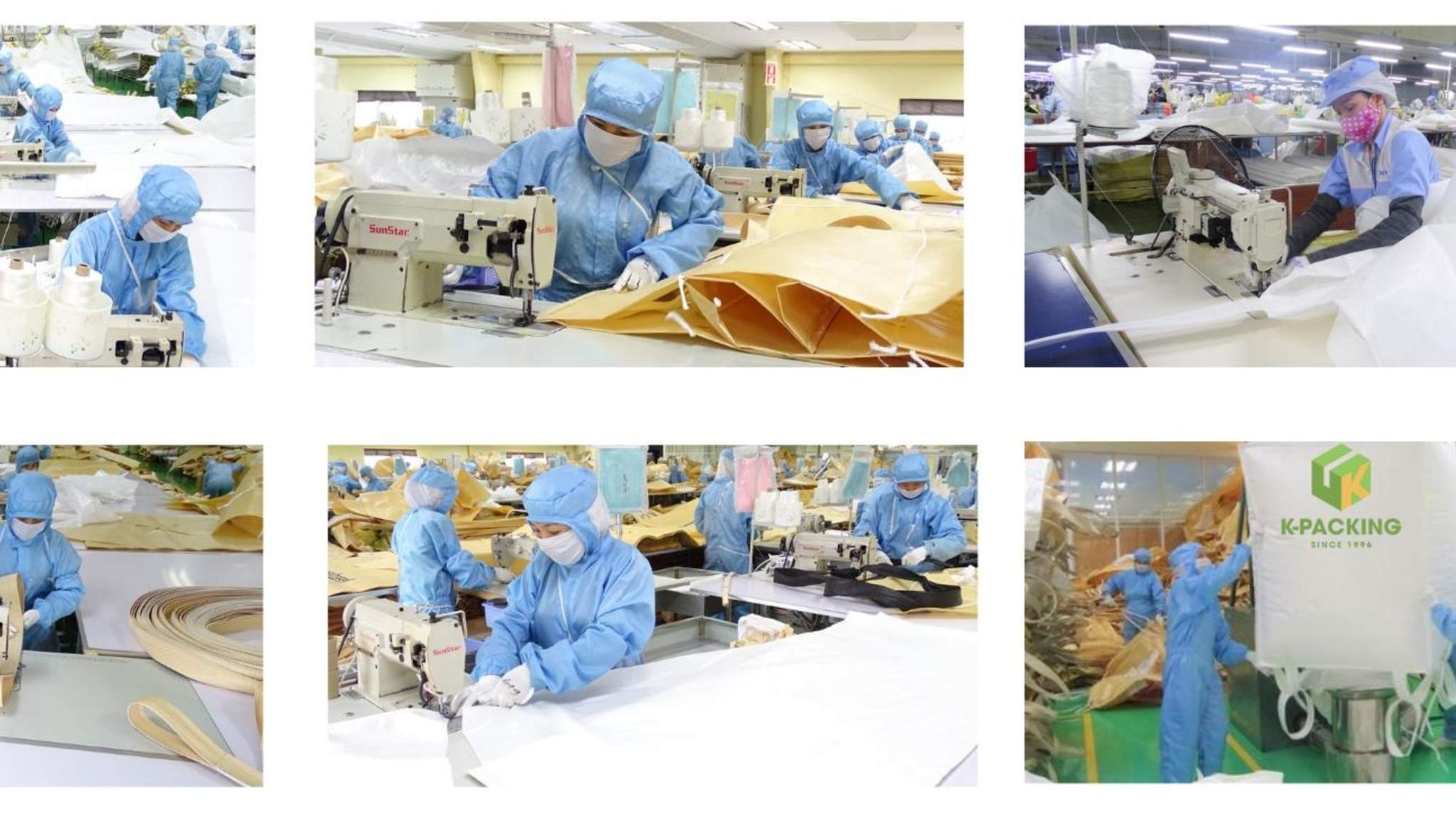Have you ever noticed those sturdy bags used to hold rice, grains, or even cement at construction sites? Most of them are made from PP woven bags – created by weaving together strips of polypropylene (PP) to form a strong, durable surface.
These bags are everywhere around us, quietly doing their job. They play a vital role in protecting and transporting goods – from supermarkets and farms to factories and building sites.
What makes PP woven bags so popular is their strength, tear resistance, and ability to carry heavy loads while staying lightweight. On top of that, they’re cost-effective, helping businesses save on packaging without compromising quality. That’s why PP woven bags are the go-to choice across industries like agriculture, food, chemicals, and construction.
Now, let’s take a closer look at PP woven bags in detail.
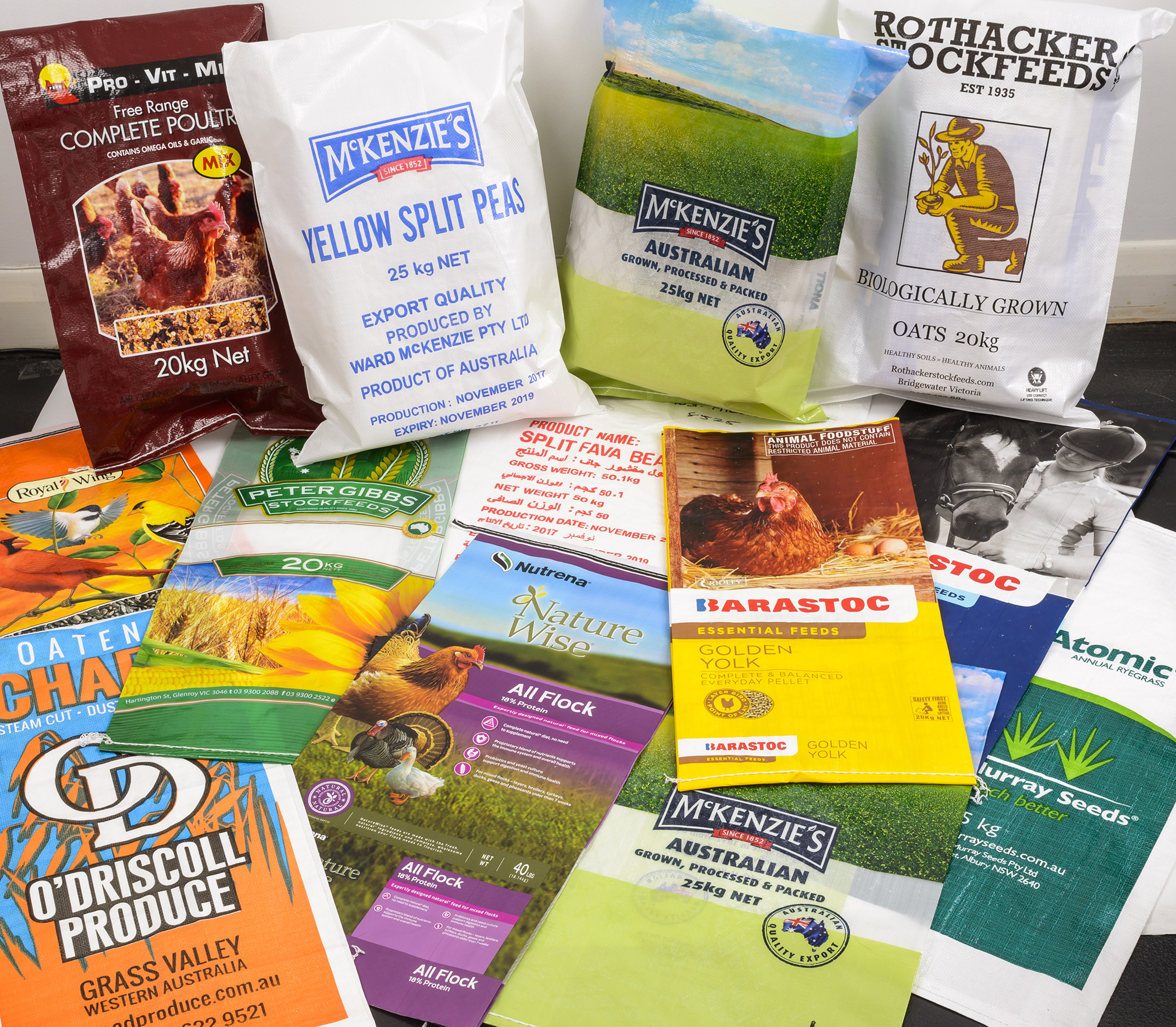
1. Understanding PP Woven Bags
PP woven bags are made from polypropylene (PP) – a lightweight yet highly durable plastic. To create them, polypropylene is melted, stretched into thin tapes, and woven together on large industrial looms. This weaving process produces a fabric that is 3–5 times stronger than regular plastic film, with excellent tear and load resistance.
The woven fabric is then cut, stitched, and sometimes laminated to form the sturdy bags you often see carrying rice, animal feed, fertilizer, or cement. Thanks to this construction, PP woven bags stay strong under heavy loads, withstand rough handling, and remain cost-effective – making them a top choice for packaging worldwide.
2. Properties of PP Woven Bags
PP woven bags have become a favorite choice for packaging worldwide, and for good reason. Let’s explore why they’re so popular:
- Exceptional strength – The woven structure locks polypropylene tapes together, making the bag strong enough to hold heavy loads without ripping. Perfect for rice, fertilizer, cement, and other bulk goods.
- Lightweight – Despite being tough, PP woven bags are very light. This keeps shipping costs lower and makes them easier to carry and stack.
- Water & chemical resistance – The woven PP surface naturally repels water and resists many chemicals, helping keep the contents safe from moisture and contamination.
- Cost-effective – They offer a great balance of durability and price, giving businesses reliable packaging without driving up costs.
- Reusable & long-lasting – PP woven bags can be reused multiple times thanks to their strength, making them more sustainable than single-use plastic.
- Printable surface – They can be easily printed with logos, product information, or branding, turning each bag into a marketing tool.
- Eco-friendly options – Many manufacturers now offer recyclable or laminated PP woven bags that reduce waste and meet sustainability standards.
3. Key Differences Between Woven and Non-Woven PP Bags
Woven PP bags are much stronger because the material is literally “woven” like cloth. This interlocking structure allows them to carry heavy loads such as rice, animal feed, fertilizer, or cement without tearing. If you need something heavy-duty, reusable, or able to handle rough transport, woven bags are the better choice.
Non-woven PP bags, on the other hand, are faster and cheaper to make. They have a softer, smoother surface and are perfect for lightweight use such as shopping bags, promotional giveaways, or event packaging. If your priority is keeping costs low and producing a lot of bags quickly, non-woven bags make more sense.
From an environmental perspective, both woven and non-woven bags can be eco-friendly if they are produced responsibly. Woven bags are more durable, so they can be reused many times, reducing waste. Non-woven bags use less raw material and energy to produce but are harder and more expensive to recycle.
When it comes to moisture protection and breathability, both types perform well, but woven bags are better suited for outdoor or industrial use where strength is critical. Non-woven bags work well for delicate items like clothes, medical supplies, or gift packaging where a softer look and feel is preferred.
In short, choose woven PP bags if you need maximum strength and long-term use, and choose non-woven PP bags if you want a lightweight, affordable, and customizable solution for short-term or promotional use.
4. Applications of PP Woven Bags
PP woven bags are everywhere. Let’s look at where and how they’re used:
- Agriculture: Farmers use PP woven bags to store and transport rice, grains, animal feed, fertilizer, vegetables, and fruits. These bags protect produce from moisture and make it easier to move in bulk.
- Food packaging: Many food products are packed in PP woven bags, including rice, flour, and maize. The bags keep food clean, safe, and easy to transport.
- Construction & engineering: PP woven fabric is used to make geotextile bags for road building, drainage projects, railways, and ports. They help with filtration, separation, and preventing soil erosion.
- Travel & transport: Woven fabric can be turned into temporary tents, sunshades, and transport bags. It’s also used for fences and screens at construction sites.
- Everyday use: PP woven shopping bags, logistics bags, and storage bags are common in stores, warehouses, and households because they are reusable and tough.
- Flood control: Woven polypropylene sandbags are essential for building barriers along riverbanks, dams, and roads to prevent flooding damage.
- Special purposes: Some PP woven bags are UV-resistant and designed for outdoor use, lasting longer in the sun. Others are customized for industrial packaging that needs extra protection.

5. How PP Woven Bags Are Made
Our PP woven bags are proudly made in Vietnam with care and attention to detail. They may cost a little more than mass-produced bags from China, but the difference shows in the quality and consistency.
- Processing the Resin: We start with high-quality virgin PP resin that meets strict ISO and food-safety standards.
- Extruding the Tapes: The resin is melted and stretched into flat tapes to make them stronger and ready for weaving.
- Weaving the Fabric: These tapes are woven on modern circular looms, creating smooth, uniform fabric that’s tough and long-lasting.
- Laminating: A thin layer of PE or BOPP film is added to protect against moisture and dust, and to allow bright, detailed printing.
- Cutting: Automated cutting machines make sure every bag is the exact same size.
- Sealing & Stitching: The top and bottom are heat-sealed or double-stitched so the bags can handle heavy loads without breaking.
- Quality Check: Each batch is inspected for strength and size before leaving the factory.
- Packing & Shipping: Finally, the bags are packed carefully and shipped to customers in over 30 countries.
With this process, you get better strength, a cleaner finish, and more reliable performance a smart investment for businesses that care about protecting their products.
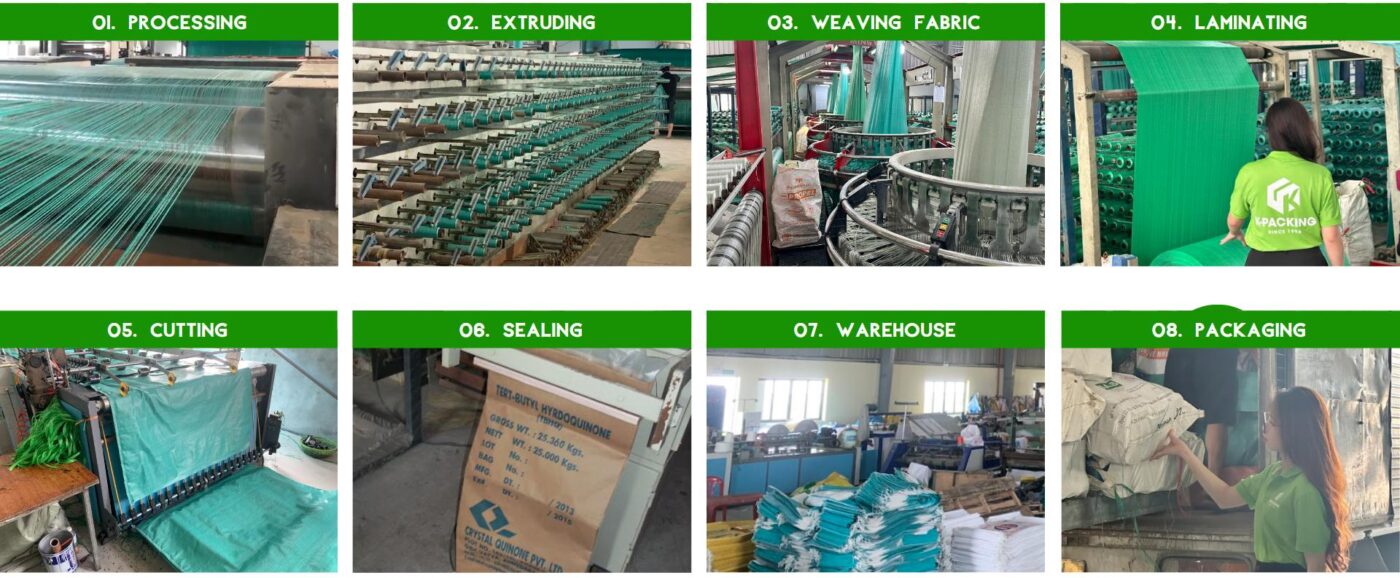
6. Buying and Using PP Woven Bags in Bulk: What to Keep in Mind
6.1 What to look for when buying PP woven bags inbulk
When sourcing PP woven bags for industrial use, quality and reliability should be the top priority – especially for high-value goods or products that must meet strict food or chemical safety standards.
Start with the material. Ask your supplier if they use virgin PP resin and can provide ISO or food-contact certificates. This is essential for food, chemicals, or export packaging. Recycled PP might be cheaper but is not recommended for sensitive products.
Next, check the fabric weight or GSM. Higher GSM means a stronger bag, ideal for heavy-duty products like fertilizer or cement. For lighter goods, a lower GSM can reduce costs without compromising performance.
Choose the right size and capacity to match your goods. A well-fitted bag helps optimize storage, reduce waste, and lower shipping costs. Think about design features too – lamination to keep contents dry, easy-open tops, or custom handles if needed. For branded goods, clean printing is key. Request a print proof to make sure your logo and product details look sharp and professional.
6.2 Best practices for using PP woven bags
Using the right bag is only part of the solution. Make sure to load bags within their weight limit to avoid rips or damage. Store them in a cool, dry place and away from direct sunlight to prevent the material from aging too quickly. During packing and transport, secure bags properly and avoid overstuffing containers, which can lead to tears during transit.
Inspect bags regularly, especially if they are reused, and recycle them after use to reduce waste and protect the environment.
At our Vietnam-based factory, we focus on producing high-quality PP woven bags with strict quality control at every step. If your priority is simply getting the cheapest option, mass-produced bags from China might be a better fit. But if you care about consistent quality, strong load capacity, and reliable global supply, we are the partner you can trust.
Conclusion
PP woven bags remain one of the most reliable and versatile packaging solutions for industries worldwide -from agriculture and food to construction and logistics. Choosing the right supplier, the right GSM, and the right printing quality can make a huge difference in protecting your goods, cutting transport costs, and maintaining a professional brand image.
If your priority is only finding the cheapest option, mass-produced bags from China may be a better fit. But if you value consistent quality, strong load capacity, and reliable delivery for global shipments, our Vietnam-based factory is ready to be your trusted partner.
Reach out to us today to request a sample or get a bulk quote – and see why businesses in over 30 countries rely on us for their PP woven packaging needs.
📧 Email: info@k-packings.com
📞 Hotline: (+84) 855 555 751Address:
🇺🇸 USA: 7319n. Loop 1604 E, San Antonio TX 78233, United States
🇦🇴 ANGOLA: Av. Pedro de Castro Van-Dúnem Loy, Luanda, Angola
🇻🇳 VIETNAM: 169 Nguyen Ngoc Vu Street, Cau Giay District, Hanoi
